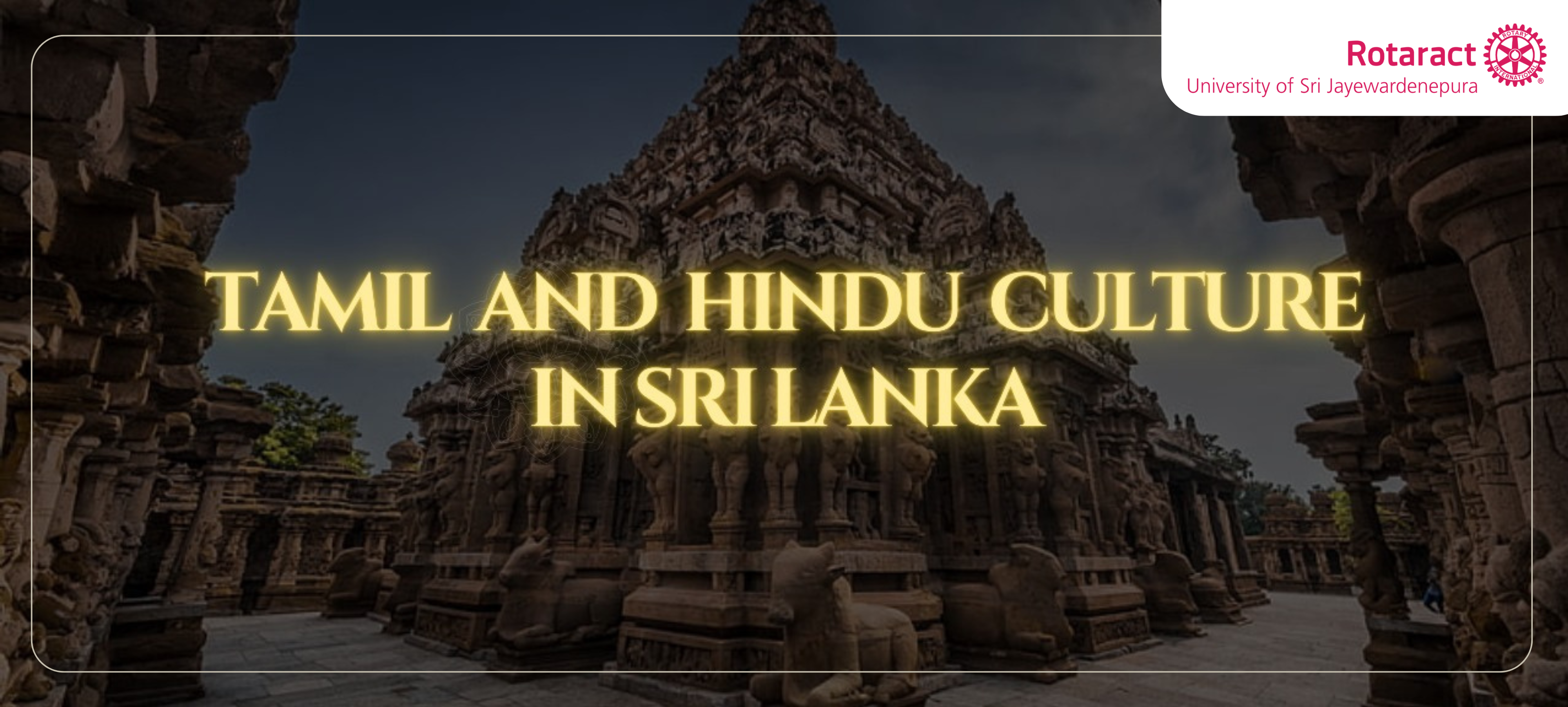One of the oldest religions in Sri Lanka is Hinduism, which go back more than 2,000 years. While some Sri Lankan Hindus practice Shaktism, the majority of them adhere to the Shaiva Siddhanta school of Shaivism. The five abodes of Shiva are found in Sri Lanka at the Pancha Ishwarams, sacred sites thought to have been constructed by King Ravana. Tamil Hindus hold Murugan in high regard as one of the most well-known Hindu deities in the nation. The local version of the goddess, Katharagama deviyo, is revered by the Buddhist Sinhalese and Aboriginal Veddas.
It is said that the Nagas practiced an early form of Hinduism in which they worshipped snakes and Shiva. The first known inhabitants of Sri Lanka were most likely the Nagas who lived on the Jaffna Peninsula. Strong assertions have also been made that they were native Tamil speakers, yet scant evidence supports these claims. It is also claimed that the five ancient Shiva temples in Sri Lanka were constructed by the Nagas before the sixth century BCE. Said to be one of the Shakti Pithas is the Nainativu Nagapooshani Amman Temple.
Recognizing the diversity and depth of Sinhala Buddhism is important, but so is acknowledging the universality of Tamil culture, particularly Tamil Hindu culture. The fact that two such old cultures form the basis of their country should make all Sri Lankans proud.
The Tamil language is the native tongue of the people referred to as Tamils. One of the Dravidian languages spoken almost solely in peninsular India is Tamil. Tamil ethnic groups are bound together by shared religious beliefs and cultural practices. They worship the Hindu pantheon of gods and have little interaction with the Buddhist religion. Their saint tales, literature, rituals, and religious mythology are all different from Sinhala culture. The Tamil caste system differs from the Sinhala caste system, and the Tamils base their caste system on differing theological philosophies.
Hindus make up the majority of Tamil people. Tamils in Sri Lanka adopt a practical, philosophical, and religious form of Hinduism. Shiva is indirectly worshipped and is widely acknowledged as the most significant deity. Offerings to gods that could help someone pass an exam, have a child, succeed in business, or heal a sick loved one are examples of the worship of other gods, which is primarily motivated by self- or family interest. Bryan Pfaffenberger discussed Tamil beliefs regarding death and the afterlife in the “Encyclopaedia of World Cultures,” writing: “The almost total lack of interest Tamil Hindus exhibit in the afterlife inevitably surprises Westerners who believe Hindus are focused on a better life after rebirth.”
The majority of Tamils in Sri Lanka are Hindus, but there are also a substantial number of Roman Catholic and Protestant immigrants. During the British colonial era, a large number of Tamil Christians converted. Many of them attended English-language schools and belonged to lower castes.
Like other Hindus, Tamil Hindus commemorate significant life cycle events. Every year, village temples celebrate with “car” festivals, during which a massive chariot pulls a Hindu god around the temple. Large-scale pilgrimages also involve similar ceremonies. Tamil Thai on January 14 Pongal Day is celebrated as a harvest celebration, especially among the Tamil community in Sri Lanka, South India, and other countries. According to the Tamil solar calendar, it starts at the beginning of the month Tai, which is often on or around January 14. The Hindu sun god Surya is honored at this event. Pongal is the time when the sun enters the Capricorn constellation. In homes and temples, families boil rice (known as Pongal) with sugar and turmeric till it overflows the pot and then share it.
Maha Shivarathri Day, a vibrant Hindu celebration honoring Shiva’s marriage, falls throughout February and March. October: Buddhists, Muslims, Christians, and Hindus all around the nation celebrate Dival (Deepavali), the Hindu festival of lights. Every Hindu wear new clothes, cleans their dwellings in the spring, lights their homes at night, and takes an oil bath to purify themselves. To welcome the Hindu god Lakshima, lights are strung. In Tamil-speaking regions of southern India and Sri Lanka, the Tamil New Year is widely observed in the middle of April. Southern India’s Tamil Nadu does not celebrate Northern Indian holidays like Holi and Dussehra to the same extent. The festival of lights, Diwali, is extensively observed. Celebrated in Tamil Nadu around the start of the monsoon season, Tamil New Year is a time to wear new garments and mark the start of summer. One’s perceptions for the rest of the year are said to be shaped by what they see first thing in the morning.
Instead of the poruwa ceremony that Sinhalese prefer, Tamils conduct a conventional Hindu wedding and dress in traditional Tamil wedding attire. Typically, a caste or Brahman priest performs the Tamil marriage ceremony at the bride’s house. The bride’s family bears the majority of the wedding costs and is also expected to contribute a dowry, the amount of which is determined by the family’s income and educational attainment. Presents for weddings are usually large metal vessels. Hindu temples have always been the site of Tamil marriages. The bride’s gold necklace being tied around her neck is one of the main festivities. Usually, a conch is engraved on a medallion. The trident, ring, and necklace stand for the Hindu trinity. The bride transforms into a house goddess symbolically by donning these items. and here, her god, the groom.
In conclusion, Sri Lanka’s complex blend of Tamil and Hindu culture is evidence of the depth and variety of the nation’s past. Despite the obstacles and wars that have marked its past, this dynamic culture continues to survive, weaving together traditions, beliefs, and rituals that have endured for centuries. Moving forward, Sri Lanka will surely create a more harmonic and inclusive society where the sounds of its Tamil and Hindu past coexist peacefully with those of its neighboring communities if it embraces its cultural mosaic and celebrates its diversity.
Written by: Rtr. Mahima Yasas
Graphic design by: Rtr. Mahima Yasas



0 Comments